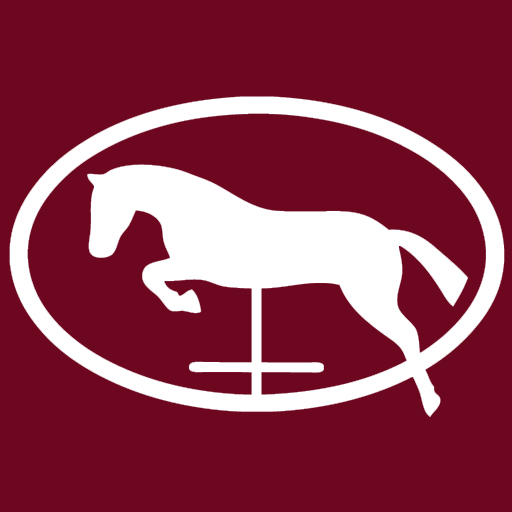B.W. Furlong & Associates utilizes a variety of advanced equine diagnostic imaging tools to more fully and accurately evaluate our patients for sources of illness and injury. Our primary tools include endoscopy, nuclear scintigraphy, radiography and ultrasonography, and standing MRI.
To schedule an imaging appointment, call us today at (908) 439-2821.

Radiography and Ultrasonography
Radiography and ultrasonography are cornerstones of equine veterinary diagnostic imaging. Our portable digital radiography units can be used throughout our hospital and off-site to obtain high-quality diagnostic images, which can be readily shared to aid in efficient and accurate diagnosis. Our in-house radiography unit can penetrate larger areas such as the neck, back, and abdomen. This state-of-the-art equipment immediately archives images, which can be digitally shared to any other practice around the world, allowing for a faster diagnosis.
Ultrasonography allows our veterinarians to visualize various soft tissue structures and bone surfaces, diagnose orthopedic injury, and monitor healing. It’s also a valuable tool for examining internal organs, such as with colic and respiratory illness, monitoring the mare’s reproductive cycle, detecting pregnancy, and viewing the progression of fetal health and development. We can also perform a cardiac evaluation, including echocardiography, with our cutting-edge ultrasound equipment.
